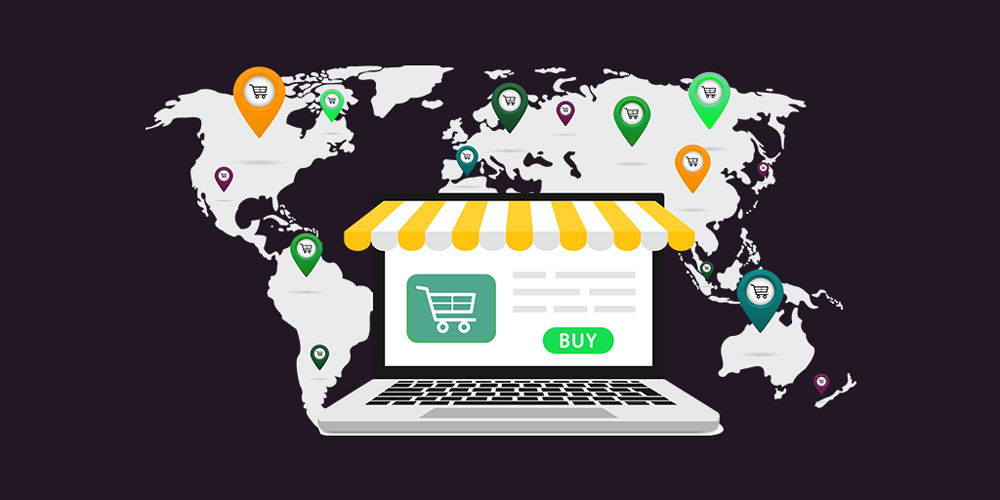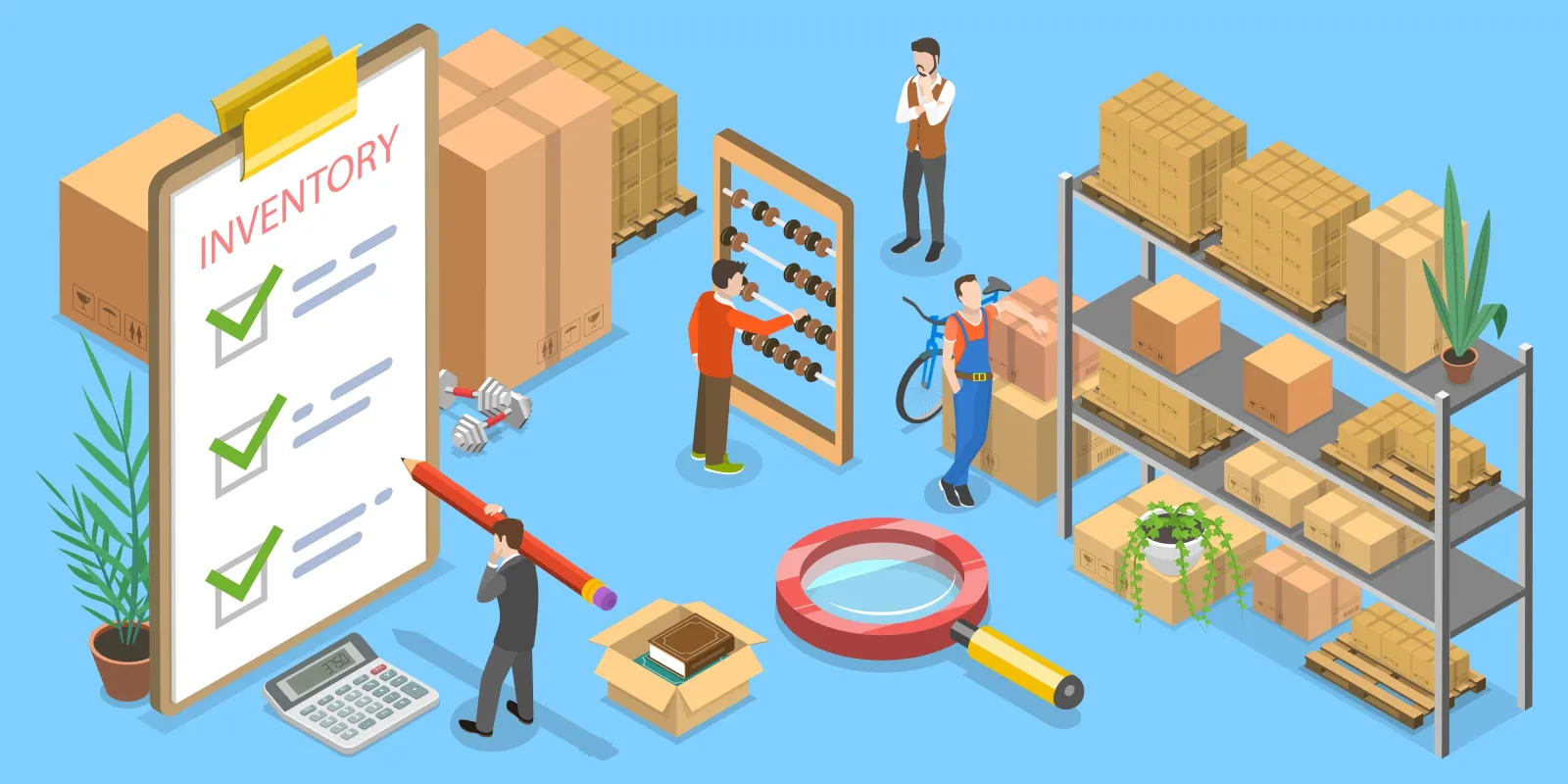How TMS Reduces Transportation Costs and Boosts Efficiency
In today’s competitive logistics environment, companies are under growing pressure to cut costs and improve service levels—without compromising delivery speed. A Transportation Management System (TMS) offers an innovative, scalable solution to this challenge. By automating and optimizing key aspects of the transportation process, TMS platforms can significantly reduce operational costs and boost overall supply chain efficiency.
This article explores how TMS helps logistics teams control expenses and streamline transportation workflows.

1. Route Optimization Lowers Fuel and Mileage Costs
A significant cost driver in transportation is fuel consumption and inefficient routing. A robust TMS uses real-time data and algorithms to find the most efficient routes—factoring in distance, traffic patterns, delivery windows, and fuel usage.
Key Benefits:
- Reduces unnecessary mileage
- Minimizes fuel costs
- Improves on-time delivery performance
2. Freight Consolidation and Load Planning
Rather than sending partially filled trucks, a TMS consolidates multiple shipments in the same direction. This optimizes truck capacity and reduces the number of trips required.
Key Benefits:
- Lowers per-shipment cost
- Improves vehicle utilization
- Reduces carbon footprint
Result:
Better load planning means fewer trucks on the road and more efficient use of resources.

3. Carrier Rate Comparison and Negotiation
TMS software enables instant comparison between multiple carriers based on rates, availability, and performance history. Logistics managers can choose the most cost-effective and reliable option for every shipment.
Key Benefits:
- Cuts excessive freight charges
- Enhances carrier relationships
- Improves rate negotiation with data-backed insights
Insight:
TMS platforms empower you to make informed decisions using transparent pricing models.
4. Real-Time Shipment Tracking and Proactive Alerts
Delays and lost shipments increase costs through penalties, refunds, and customer churn. A modern TMS provides end-to-end shipment visibility and alerts when problems arise, enabling proactive resolution.
Key Benefits:
- Reduces delivery disruptions
- Enhances customer satisfaction
- Prevents costly re-deliveries
Added Value:
Improved visibility leads to better planning and fewer exceptions.

5. Automation of Repetitive Processes
Manual shipping processes are not only time-consuming but prone to errors. A TMS automates tasks like order entry, document generation, billing, and auditing.
Key Benefits:
- Reduces labor costs
- Increases accuracy
- Frees up teams to focus on strategic tasks
Efficiency Gain:
Automation slashes processing time and boosts operational scalability.
6. Better Reporting for Cost Control and Strategy
With built-in analytics, TMS systems provide detailed reports on freight spend, carrier performance, delivery timelines, and more. These insights help businesses identify inefficiencies and drive continuous improvement.
Key Benefits:
- Enables data-driven decision-making
- Supports budgeting and forecasting
- Helps justify logistics investments
Final Thoughtszq
A well-implemented Transportation Management System does more than track shipments—it transforms how companies manage transportation logistics. By cutting costs, enhancing visibility, and improving operational efficiency, TMS becomes a vital asset for any supply chain.
At PostalParcel.com, we help logistics professionals stay ahead with cutting-edge TMS solutions and industry insights. Explore our platform today to see how technology can move your business forward.
Industry Insights
news via inbox
Nulla turp dis cursus. Integer liberos euismod pretium faucibua








